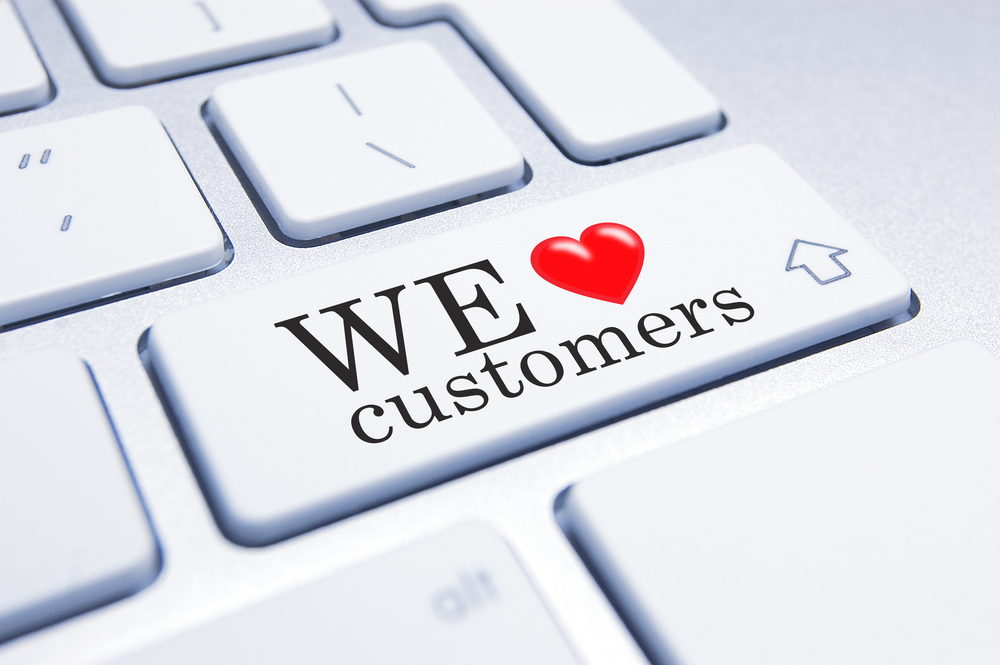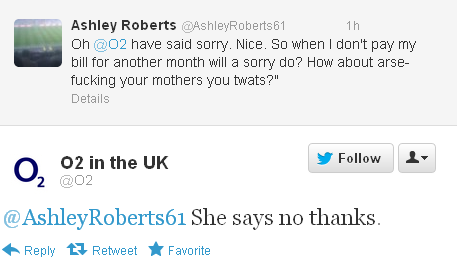Using Social Media for Customer Service
 Social Media
Social Media Social media has radically changed the way customers choose to interact with brands, and it is now often their first port of call if they have a customer service gripe.
An independent study found that whilst the majority of UK shoppers seek customer service support by email (49%) or phone (43%), younger shoppers are more likely to turn to social channels when these methods fail, with 46% of under 25s and 33% of 25-33 year olds using social media to solve their customer service grievances more publicly.
It seems that every year, customers grow more impatient. People are less likely to tolerate waiting 24 hours for an email response - we now live in a world where answers are expected in real-time.
The reality of this though, is that many brands are just failing to catch-up with this ferocious demand. A study from A.T. Kearney found that, of the top 50 brands, 56% did not respond to a single customer comment on their Facebook Page in 2011. Brands ignored 71% of customer’s complaints on Twitter, and 55% of consumers expect a response the same day to an online complaint, while only 29% receive one.
It is crucial to keep your customers happy, and even more so to be seen doing it publically. Keeping on top of customer service issues through social media can show that you are responsive and aware, which in turn can build up your brand presence and overall improve customer relationships.
We’ve seen some huge customer service fails over the years, and equally those that have shown us how we can pull it off successfully, and if creative enough – even go viral!
Customer service: Behaving badly
Back in April 2013, we saw a heated, yet fascinating spat between Cineworld and a movie fan that felt ticket prices were too high.
Rather than back down and offer a standardised response, Cineworld chose to enter a longwinded argument with the indignant customer, they went well above and beyond just defending the brand and went on to challenge the customer’s views. Although it is certainly refreshing to see a brand stick-up for themselves in the face of awkward customers (and I’m sure they gained a few more followers), it raises the question of what is appropriate when dealing with these situations. You can see the full ‘disagreement’ here, it is certainly very interesting!
Managing the social storms
O2 have long been praised for their attentive, yet creative social media customer service. They seem to consistently hold their own ground when faced with difficult circumstances and have even created a viral sensation from their witty retorts.
O2 handled their network outage crisis in 2012 very well on Twitter. They were bombarded with an estimated 4,836% increase of engagement from irked customers venting their frustrations, @replying and re-tweeting during the two-day outage.
Rather than hiding behind a standard corporate response O2 did the very admirable thing of responding like a human, by being honest and open, with a fresh hint of humour in the right situations. From an impending social media crisis came a celebration of amusement and awe over how they handled the responses, and turned attention away from the negative comments.
This just shows that getting your tone of voice right, injecting a bit of personality and wit in the right situation can go a long way.
According to Our Social Times, O2 attracted 13,500 new followers due to great crisis management – so making yourself known for exciting customer service can certainly pay off.
How to do it properly
Respond quickly – More than half of consumers expect a response on social media within two hours. The faster an issue is resolved, then fewer customers will see it unanswered and it reduces the risk of the complaint escalating unnoticed.
Monitor conversations – Make sure you know what is being said about your brand and set up the correct monitoring tools. This enables you to be on the ball with all brand mentions, whether good or bad.
Don’t alienate traditional and social customer service – These channels need to work seamlessly together and if you’re present on social media, you’ll need to look out for those customer service queries.
Judge each situation carefully – Make sure you respond to genuine posts, but be careful with extreme aggression or trolling, sometimes these things are best left alone, solved in private conversations or taken offline.
Keep it light-hearted and human – Empathy, being friendly and a touch of humour can go a long way when calming customers, you may even be able to turn an angry customer into a loyal advocate if you handle the situation well.
Social media is definitely creating a customer service revolution and is setting extremely high expectations for brands to respond rapidly. Do you think it is important for brands to adopt a fresh and fun approach to customer service or do you think it’s inappropriate and unprofessional? Let us know in the comments…




Pingback: Top Social Media Mishaps of 2013 by Michelle Kuhl()